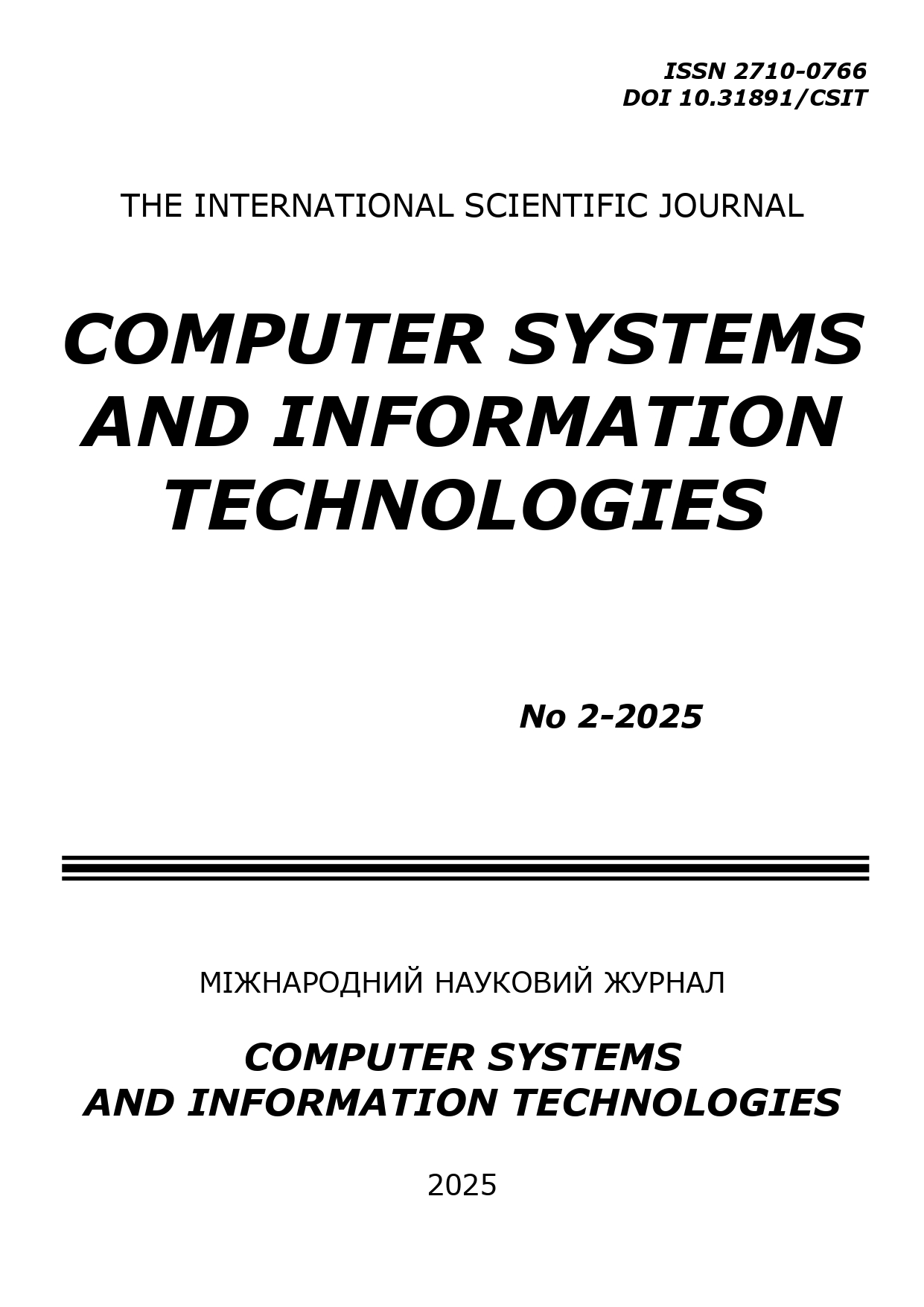CALCULATION OF FOREST COVER CHANGE USING LANDSAT SATELLITE SERVICE AND R PROGRAMMING AND DATA ANALYSIS LANGUAGE
DOI:
https://doi.org/10.31891/csit-2025-2-16Keywords:
level of forest cover, deforestation, Global Forest Watch, LandSat, TymeSync, color saturation, forecasting, artificial neural networks, R- languageAbstract
The problem of calculating the change in the level of forest cover in a selected forestry is considered. It is stated that the authors previously developed software for calculating forest cover and processing information on forest stands using the example of a village in the Kharkiv region. Calculations for comparing forest cover over several years using the Global Forest Watch resource, which marks in different colors the places where new stands are planted or existing ones are cut down, are also described. A number of features and shortcomings of this resource are identified. To improve the calculations, it is proposed to use satellite images of the Landsat / TimeSync project. Images of a separate forestry were taken from this resource for the period from 1984 to 2024. The resulting images were loaded into the updated application, then divided into parts (sections). The model previously created by the authors with a list of input factors containing indicators of the percentage of green color in the selected area and in neighboring areas for three years (the significant and the previous two) was chosen as the basis for the forecasting model. The predicted factor is the percentage of green color in the studied area. The formulated problem is proposed to be solved by the method of artificial neural networks in the environment of the programming and data analysis language R. A script was created in this language that not only builds an artificial neural network but also determines the best architecture and effective method of training a neural network for the selected data set. The calculation of the change in forest cover on the site is presented; a forecast is made for the last year, which provides an error of 2.3%. It is determined which architecture of the neural network provides the best result. The results of the calculations indicate high accuracy of the forecast.
Downloads
Published
How to Cite
Issue
Section
License
Copyright (c) 2025 Олександр МЕЛЬНИКОВ , Вікторія ДЕНИСЕНКО

This work is licensed under a Creative Commons Attribution 4.0 International License.

